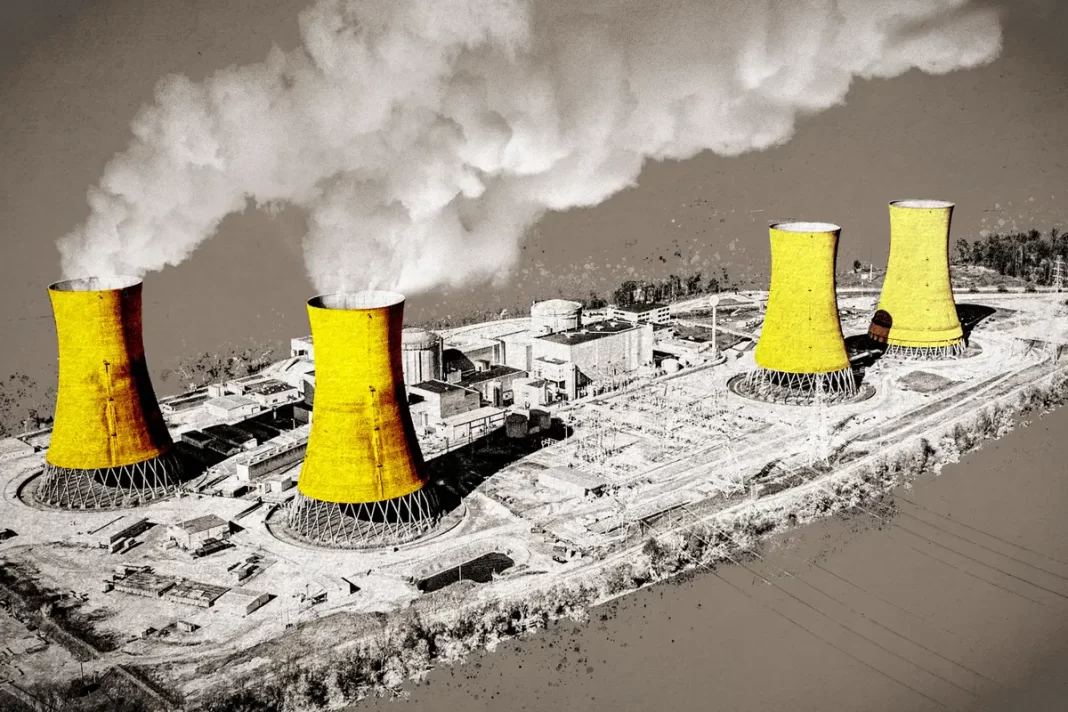A 1979 partial nuclear meltdown at Three Mile Island in Pennsylvania is again being cleaned up, after it was sealed off for decades.
MIDDLETOWN, Pa.—On March 28, 1979, Ken Klinepeter was 21 and his wife was expecting a baby any day. He worked at an auto parts store in downtown Middletown, Pennsylvania.
“I remember a guy running down the street on the sidewalk with his coat over his head. And I could hear this loudspeaker,” said Mr. Klinepeter, now 65 and Middletown Borough manager. “As it got closer, it was a fire truck going past the store telling everybody to stay inside and keep your doors and windows shut.”
They decided to close the store and go home.
His brother, a Middletown police officer, asked the family to gather at their father’s house so he could talk with them.
“There was my brother in his full police uniform, and he hands me a .357 revolver and he says, ‘I want you to take this, and I want you to get out of town.’”
His brother told them there were talks of a mass evacuation and things could get out of control. The family decided to leave first thing in the morning.
Unit 2 of the Three Mile Island (TMI-2) nuclear power plant in Pennsylvania’s Londonderry Township was having a partial meltdown.
It had been in operation for three months.
Now, 44 years later, the cleanup is restarting.
Shutting down a nuclear power plant is more complicated than just flipping a switch to the off position. Under normal circumstances, it’s a decades-long process involving decontaminating to reduce radioactivity, dismantling structures, moving contaminated materials to appropriate disposal facilities, and storing used nuclear fuel until it can be removed for disposal.
However, the circumstances aren’t normal at TMI-2, which was shut down after the 1979 partial meltdown. The Nuclear Regulatory Commission (NRC) still considers it the most serious accident in U.S. commercial nuclear power plant operating history.
By Beth Brelje







